Introduction to Urban Gardening
Urban gardening is transforming the way people interact with green spaces in bustling city environments. With limited space and a growing emphasis on sustainability, city dwellers are finding innovative ways to bring nature closer to home. Embracing urban gardening not only enhances the aesthetics of urban areas but also contributes significantly to individual well-being, community development, and environmental improvement. This resource provides a comprehensive introduction to urban gardening, exploring its benefits, challenges, types, and how anyone—regardless of space—can join the movement toward greener urban living.
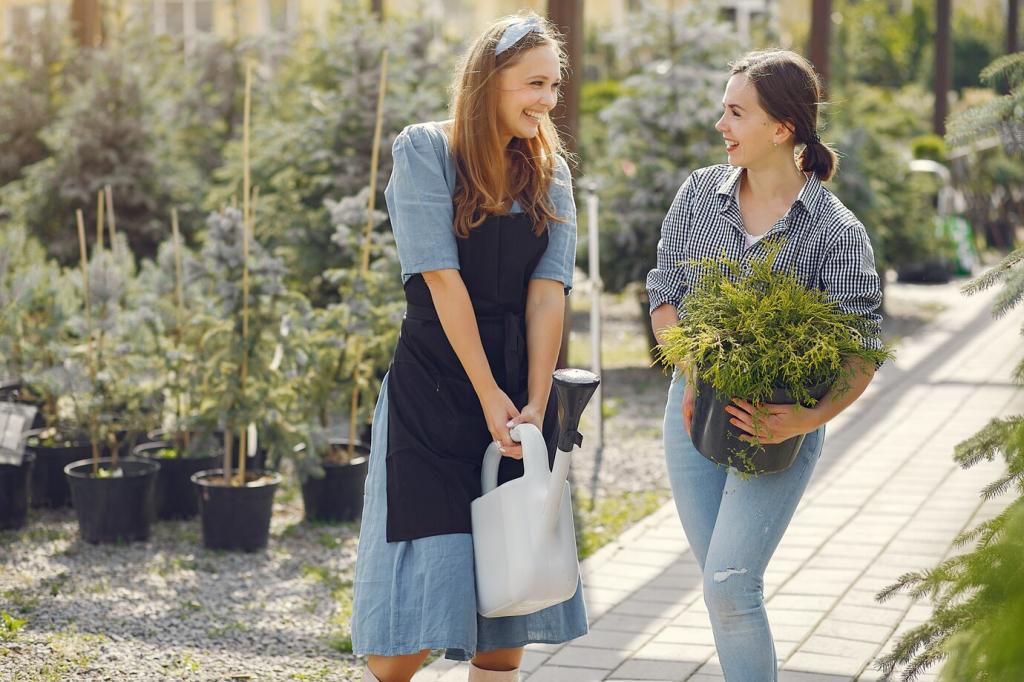
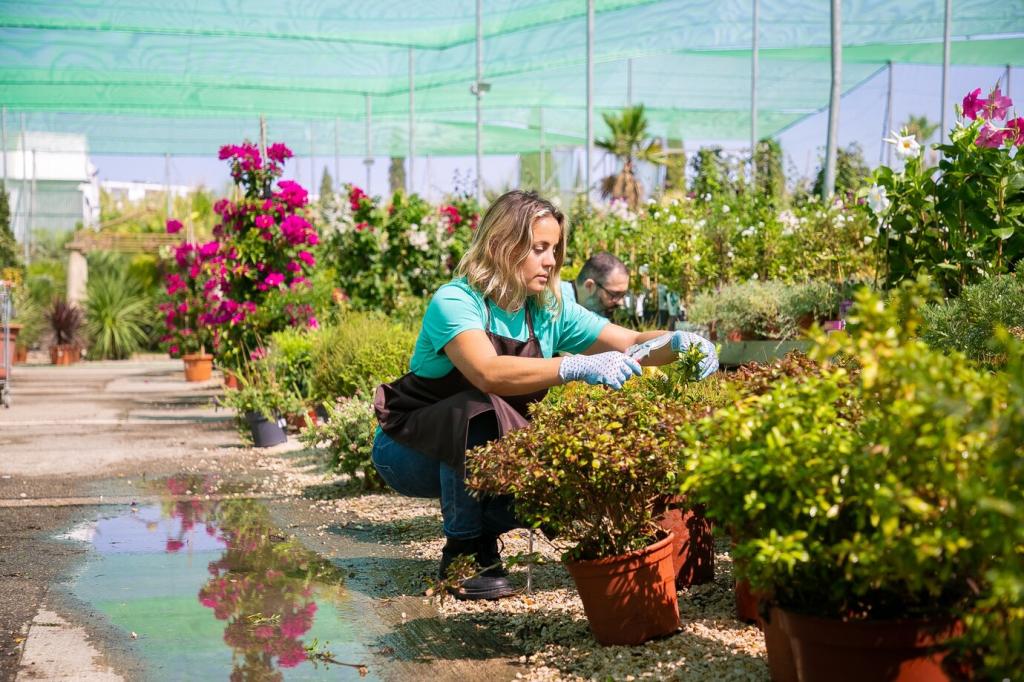
Environmental Sustainability
Urban gardening positively impacts environmental sustainability by increasing green cover in cities, which helps mitigate air pollution and reduce the urban heat island effect. Gardens in the city absorb carbon dioxide, release oxygen, and support biodiversity by providing habitats for pollinators like bees and butterflies. By growing food locally, urban gardens also reduce the need for long-distance transportation, thereby lowering carbon emissions associated with food miles. Additionally, thoughtful practices such as composting organic waste help to close nutrient cycles, minimize landfill use, and promote soil health, all of which contribute to a more sustainable urban ecosystem.
Community Engagement
The act of gardening collectively in an urban setting fosters a sense of community among residents who might not otherwise interact. Community gardens serve as social hubs, bringing together people from diverse backgrounds with a shared purpose. Through collaboration, gardeners learn from each other, exchange skills, and build relationships that strengthen neighborhood ties. These shared spaces often become places for community events, educational workshops, and social gatherings, enhancing overall social cohesion and mutual support within urban neighborhoods.
Personal Health and Well-being
Engaging in urban gardening has significant positive effects on physical and mental health. The physical activity involved in planting, tending, and harvesting promotes exercise and can help reduce stress. Exposure to nature—even in small urban gardens—is associated with improved mood, increased mindfulness, and a reduction in symptoms of anxiety and depression. Additionally, access to fresh, homegrown produce encourages healthier eating habits, making urban gardening a powerful tool for maintaining overall well-being in fast-paced city environments.
The Challenges of Gardening in the City
Space Limitations
One of the primary obstacles faced by urban gardeners is the lack of available land in densely built environments. Many city dwellers have access only to small balconies, rooftops, or shared spaces, which restrict the size and type of garden that can be established. This challenge necessitates innovative gardening techniques such as container gardening, vertical gardens, and hydroponics. By reimagining unused spaces and utilizing walls, railings, and even window sills, urban gardeners continuously find creative solutions for maximizing limited space, turning challenges into opportunities for greening the city.

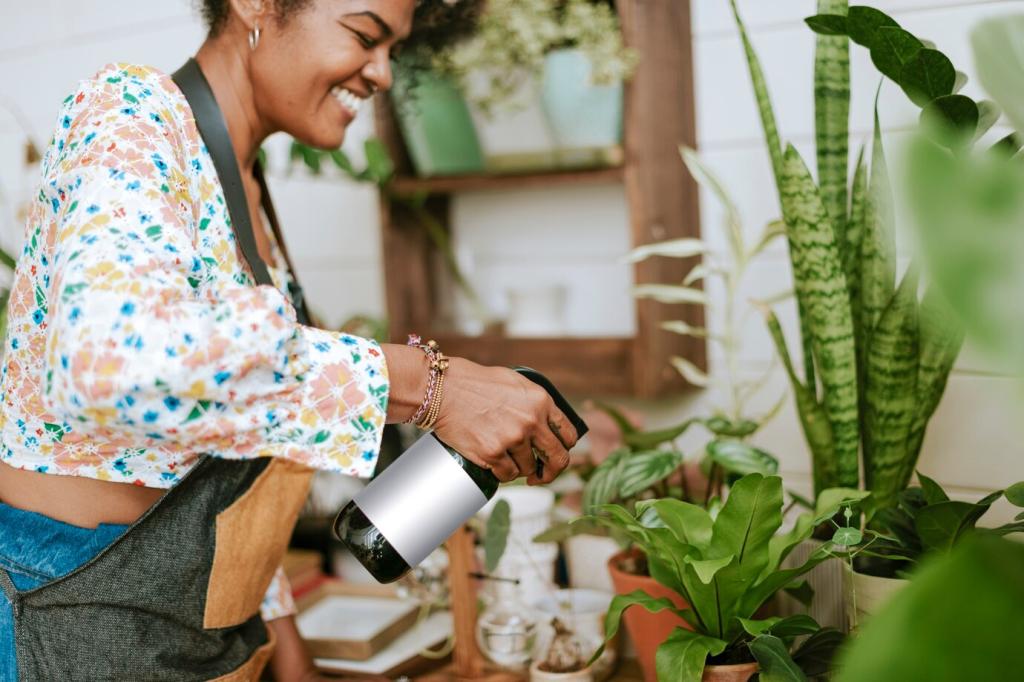
Soil and Pollution Issues
Urban environments often face soil contamination issues resulting from industrial activity, pollution, and the use of chemical-laden materials over time. Poor soil quality can pose risks to plant health and, in some cases, to human health if contaminants enter food crops. Urban gardeners must be vigilant about testing and amending soil, often opting for raised beds with imported, clean soil or soilless growing mediums. In addition, the proximity to busy roads and pollutants means maintaining healthy, uncontaminated plants requires ongoing attention and safe gardening practices tailored to urban realities.
Types of Urban Gardens
Community Gardens
Community gardens are shared spaces where residents come together to cultivate plants, often on land provided by local authorities, nonprofits, or private owners. These gardens can vary in size and structure, from large plots divided among members to collective spaces managed communally. Community gardens not only supply fresh food but also operate as centers for environmental education, cultural expression, and community empowerment. By turning vacant lots or underutilized areas into productive landscapes, they create lasting value for neighborhoods and strengthen urban social fabric.
Rooftop Gardens
Rooftop gardens utilize the flat rooftops commonly found atop urban buildings, transforming them into verdant oases above the city bustle. These elevated gardens help insulate buildings, retain stormwater, and reduce heat absorption, making them energy-efficient and environmentally beneficial. Depending on building structure, rooftop gardens can range from lightweight green roofs with hardy sedums to intensive gardens growing vegetables, herbs, and even small fruit trees. Accessing and maintaining rooftop gardens require special considerations, but their unique perspective and environmental impact make them a hallmark of innovative urban greening.
Balcony and Container Gardens
For many city dwellers with limited or no outdoor land, balcony and container gardens provide a practical solution for pursuing gardening ambitions. By growing plants in pots, planters, and other containers, urban residents can cultivate flowers, herbs, and small vegetables in compact spaces such as balconies, patios, or windowsills. Container gardening adapts to a variety of sun and shade conditions, allows for efficient use of available space, and can move indoors as the seasons change. This form of gardening is accessible, affordable, and especially well-suited for apartment or condominium living.
Essential Tools and Materials
Compact Gardening Tools
Urban dwellers often lack the storage space necessary for large or cumbersome gardening equipment, making compact and multi-purpose tools ideal. Hand trowels, small pruners, and portable watering cans are among the most essential implements. Many manufacturers offer space-saving designs, such as folding tools or stacking containers, which cater specifically to apartment and balcony gardeners. Investing in quality, compact tools not only saves space but also facilitates efficient and enjoyable gardening, even when working within the limited areas typical of city life.
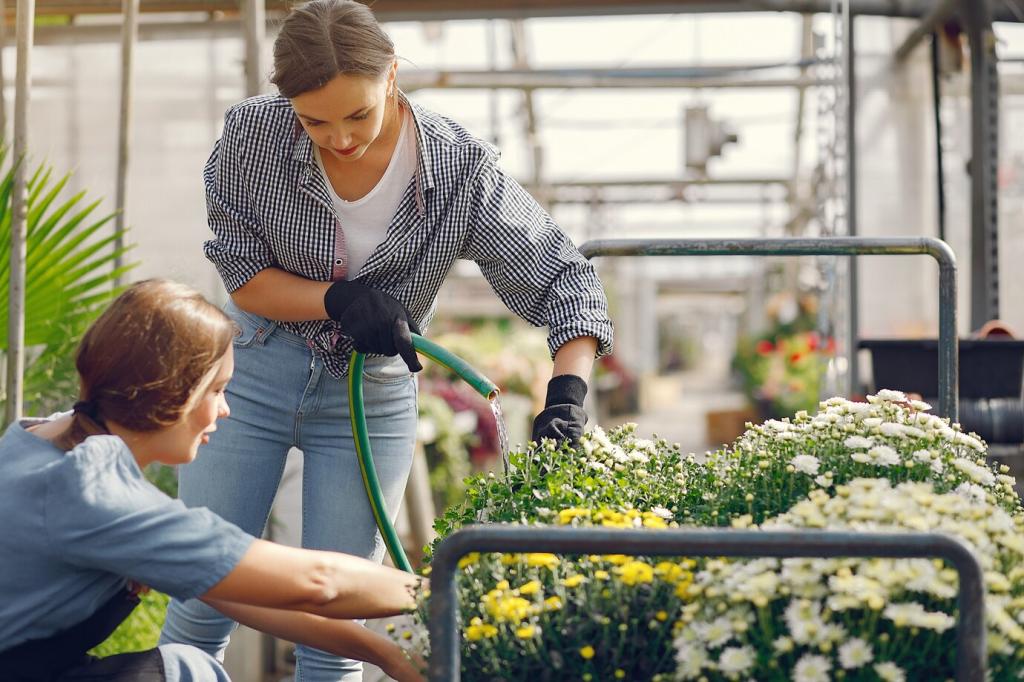
Sun-loving vs. Shade-loving Plants
Urban spaces are notorious for their patchwork of microclimates, dictated by surrounding architecture and variable access to light. Some gardens bask in sunlight, allowing sun-loving crops like tomatoes, peppers, and most herbs to flourish. Others may be nestled in courtyards or shaded by buildings throughout the day, making them better suited to leafy greens, ferns, and shade-tolerant ornamentals. Understanding the pattern of sunlight on a particular site can guide plant selection, ensuring healthy growth and successful harvests tailored to unique urban conditions.
Edible and Decorative Choices
Urban gardeners often experiment with balancing edible plants, like vegetables and culinary herbs, with decorative blooms and foliage. While edible gardens supply fresh produce and foster food security, ornamental gardens offer aesthetic pleasures and create restorative spaces amid the urban hustle. Many plants, such as nasturtiums or borage, serve dual purposes, being both beautiful and edible. Mixing these types ensures year-round interest, supports pollinators, and provides a continuous source of enjoyment or nutrition for city dwellers.
Native and Hardy Varieties
Due to the environmental stresses typical in urban areas—such as temperature swings, pollution, or compacted soils—choosing native or particularly resilient plant species is advantageous. Native plants are adapted to the local climate, often requiring less water and maintenance, while also providing food and shelter for native insects and birds. Hardy perennials and tough annuals can withstand urban setbacks, from strong winds to droughts, ensuring the garden thrives with minimal intervention and robust resilience.
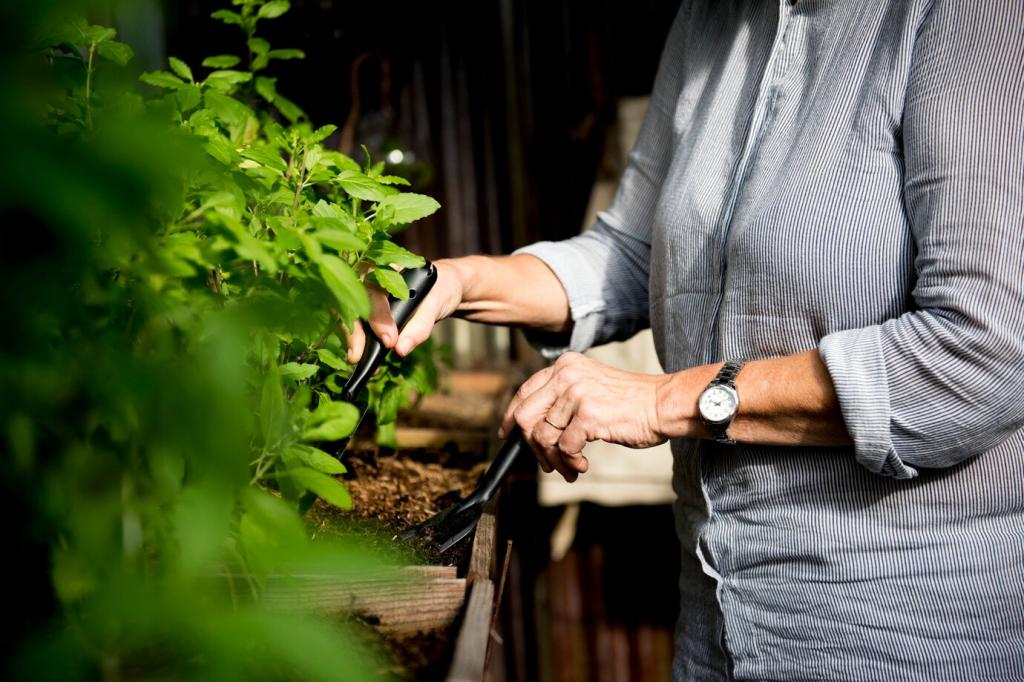
Site Assessment and Planning
Before planting, it’s essential to assess potential gardening sites for access to sunlight, water, and protection from wind or pollutants. Accurate site evaluation helps determine the best type of garden—whether container, raised bed, or rooftop—and shapes decisions about plant choices and garden layout. Planning should also contemplate space constraints, legal considerations (like roof access or shared land use permissions), and potential challenges, allowing the gardener to develop creative strategies and realistic goals for the garden’s success.
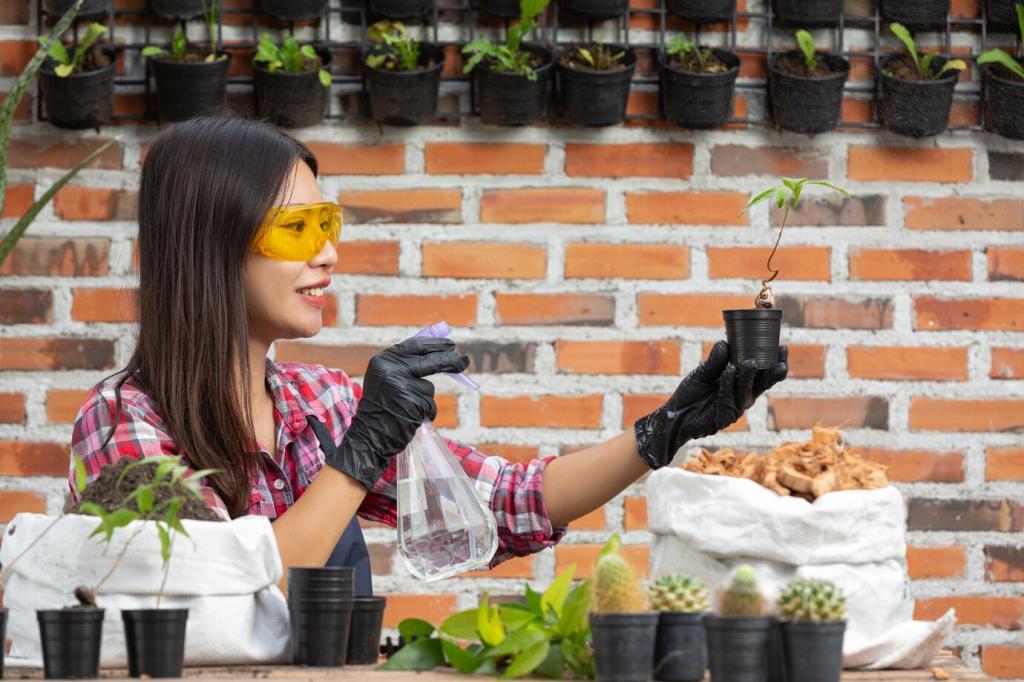
Sourcing Supplies and Materials
With a garden plan in hand, the next steps involve sourcing the necessary supplies, including containers or raised beds, soil or growing mediums, seeds or plants, and tools. Many cities feature gardening supply stores or community co-ops where residents can obtain organic soil mixes, sustainable planters, and quality seeds. Alternatively, online sources and plant swaps among neighbors provide opportunities to obtain materials affordably or sustainably. Reusing and repurposing household items as planters or supports is also a hallmark of the resourceful urban gardener.
Previous slide
Next slide
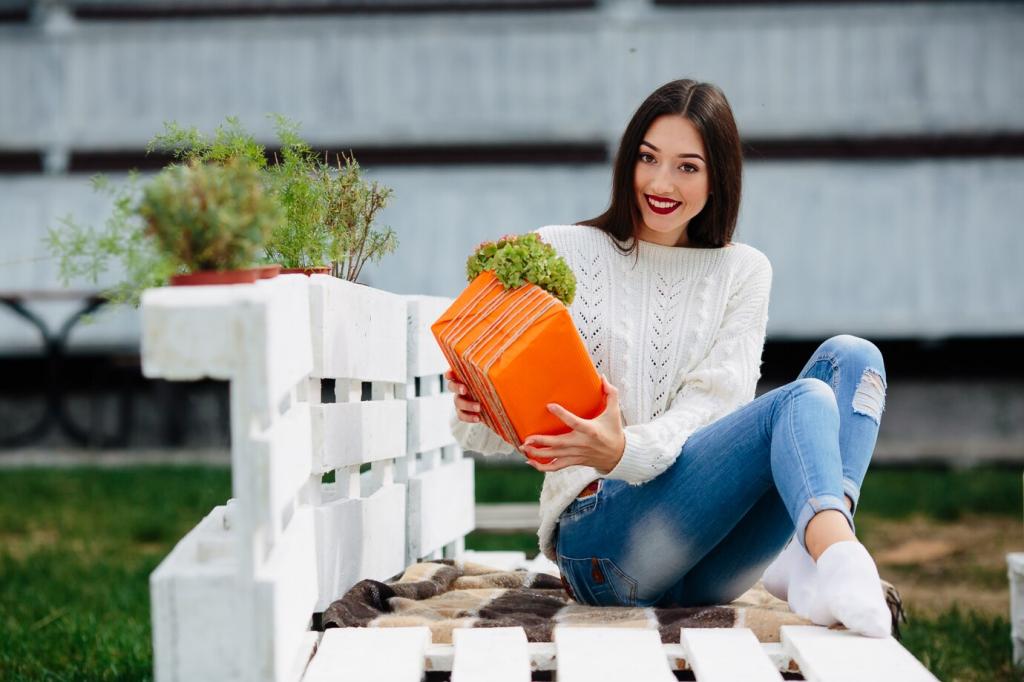
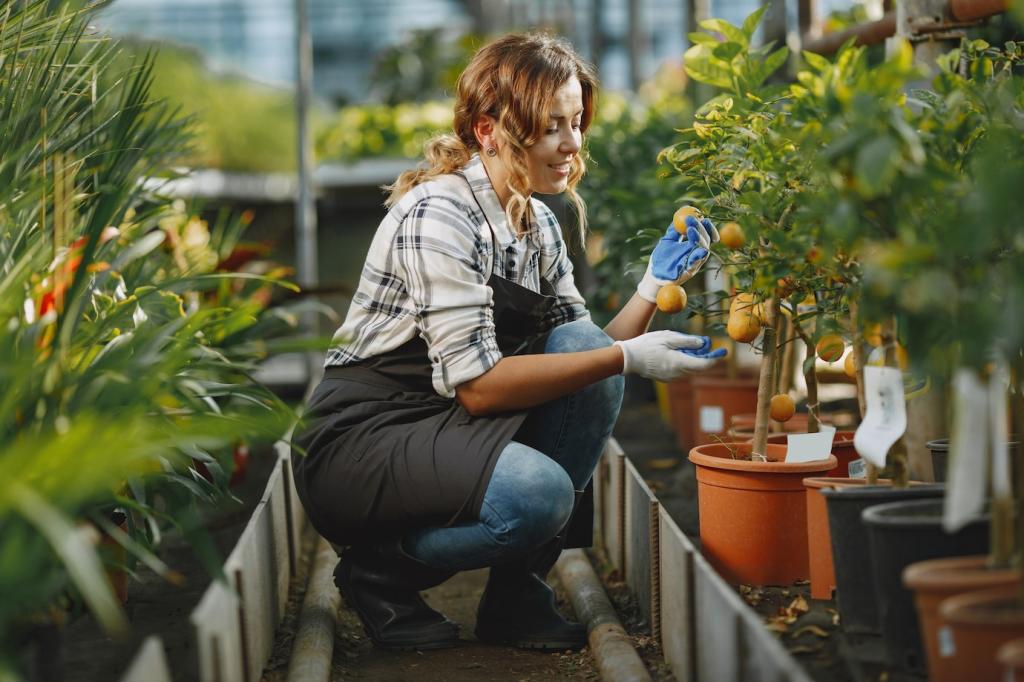
Joining local gardening clubs, neighborhood associations, or nonprofit garden networks is an excellent way for beginners and experienced gardeners alike to connect, share resources, and collaborate on projects. These organizations often offer workshops, educational materials, and collective garden spaces, making urban gardening more accessible and inclusive. Participation also opens doors to advocacy, enabling gardeners to influence local policies and champion the expansion of green spaces in their communities.

Cities increasingly offer workshops, skill-sharing sessions, and talks on a wide range of gardening topics— from composting to vertical gardening. These events provide practical training, foster community engagement, and spread best practices tailored to urban conditions. Educational events also raise awareness about sustainability issues, environmental stewardship, and the broader benefits of urban gardening, empowering participants to implement innovative ideas and inspire others to join the effort.
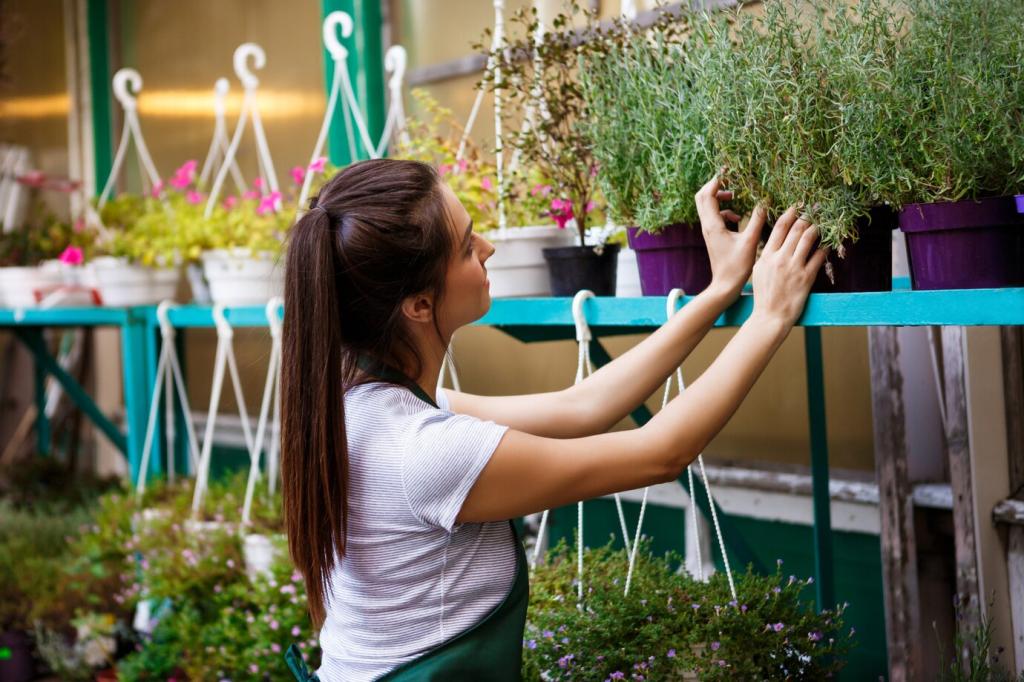
Digital platforms enable urban gardeners to exchange experiences, troubleshoot problems, and celebrate successes with a much broader audience. Online forums, social media groups, and dedicated gardening websites support skill development, facilitate plant swaps, and offer inspiration. Through digital networking, urban gardeners can stay informed about the latest trends, access expert advice, and participate in global movements that champion city greening, resilience, and sustainable living.
